ROLAND MSQ-700 Digital Keyboard Recorder (review by Mikael Lundgren)
Unit Description Small 8-track digital sequencer with DCB port for the Juno-60 synthesizer as well as MIDI. Used today primarily as a bridge unit between MIDI clock and Din Sync.
Internal sound source: Click sound. (Quite audible, thank you)
Inputs: MIDI, Start/Stop, Punch in, DIN Sync, Tape Sync/Load, DCB (see below)
Outputs: MIDI, DIN Sync, Tape Sync/Save, DCB (see below)
Synchronization possibilities: MIDI, Tape, DIN.
Secondary data storage: Cassette.
Memory size: ~ 6500 notes. P
hysical size: 346x328x108mm, 5 kg. Looks like a sawn-off TR-909.
Data generation/modification/recording: Step and real time recording of MIDI events for (crude) editing and playback.
Bugs & Features: You can't truncate tracks. This means, that if you've intended to loop the song, you'd better stop the sequencer at the right bar, or all is lost. The only editing features are "Time Correct" (quantize), erase, and "Merge" (mix tracks) As it's strictly linear, you'll just have to record that repetetive bass pattern all the way through the song without no cheatin' copying or looping...
There is a bug with the unit's estimate of memory left; I have to quote the manual here, as this is one of the most interesting attempts I've seen to explain bugs: "The following may seem strange to you, but there is nothing to worry about it, as it is merely caused by computer processing restriction." ;) :) There is a way to display the memory consumption/memory left, and it's very interesting. The manual accordingly tells us not to rely on the numbers as a "precise description" but rather as a way to "roughly glasp memory consumption"! The memory used when looking on a specific track starts from 48. (Ie, if it's empty, it shows "0", otherwise it shows "48" until the track exceeds 48 notes, and then it works properly..) This memory display shows two slightly different values whenever you switch from record to play mode, and to add to the cake, the total of track consumption doesn't add up to 6500...
The unit is very reliable, and the user interface is one of the simplest I've yet to come across. It was surely designed for musicians, not computer boffs, it's essentially a MIDI tape recorder. If I want to listen to track 1, 3 and 7, I just hit button 1, 3 and 7, and the appropriate LEDs turn friendly green. No shift buttons, no menu pages. Just plain rock n' roll!
Where they failed...
There are two serious flaws with this unit that seem hard to justify: The MIDI and DCB port can not be used at the same time, and there are no means for muting/unmuting tracks on the fly!
What is DCB anyway?
DCB was an early competitor to MIDI and is simply another protocol for remote control of synthesizers. There are one synth I know of that rely solely on DCB: the Roland Juno-60. DCB cables are almost impossible to find today, but are on the other hand quite easy to make.
Tips & Tricks:
Go buy a cheap sustain pedal, to control start/stop. Otherwise you'll go nuts about hitting the 'Stop' button at the right time, whilst playing with both hands. Ideal machine for people used to working with multi-track tape recorders. Also comes in handy to convert that MIDI clock to DIN sync (or vice versa).



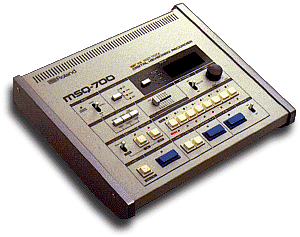
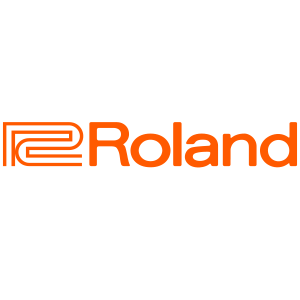
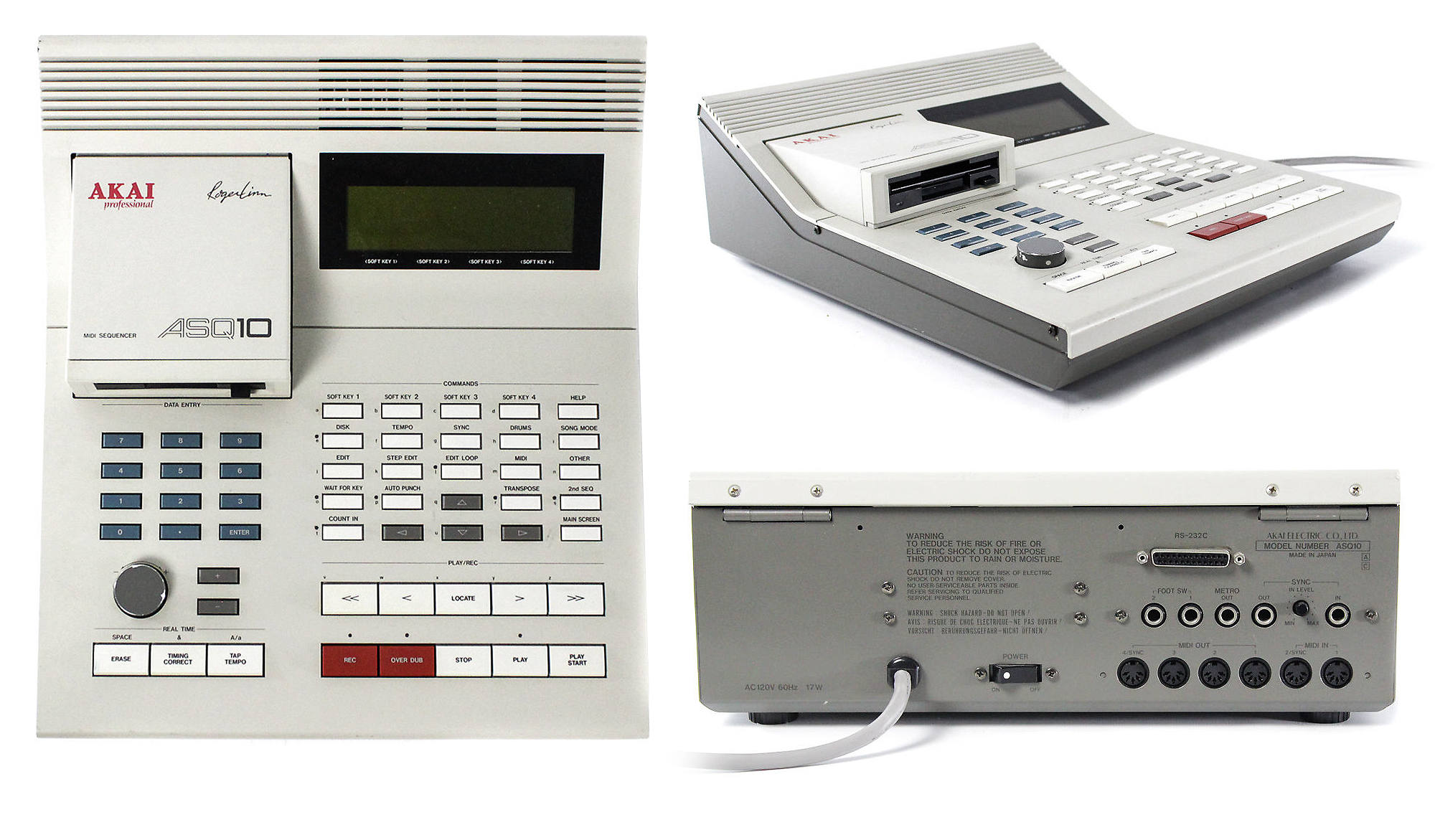
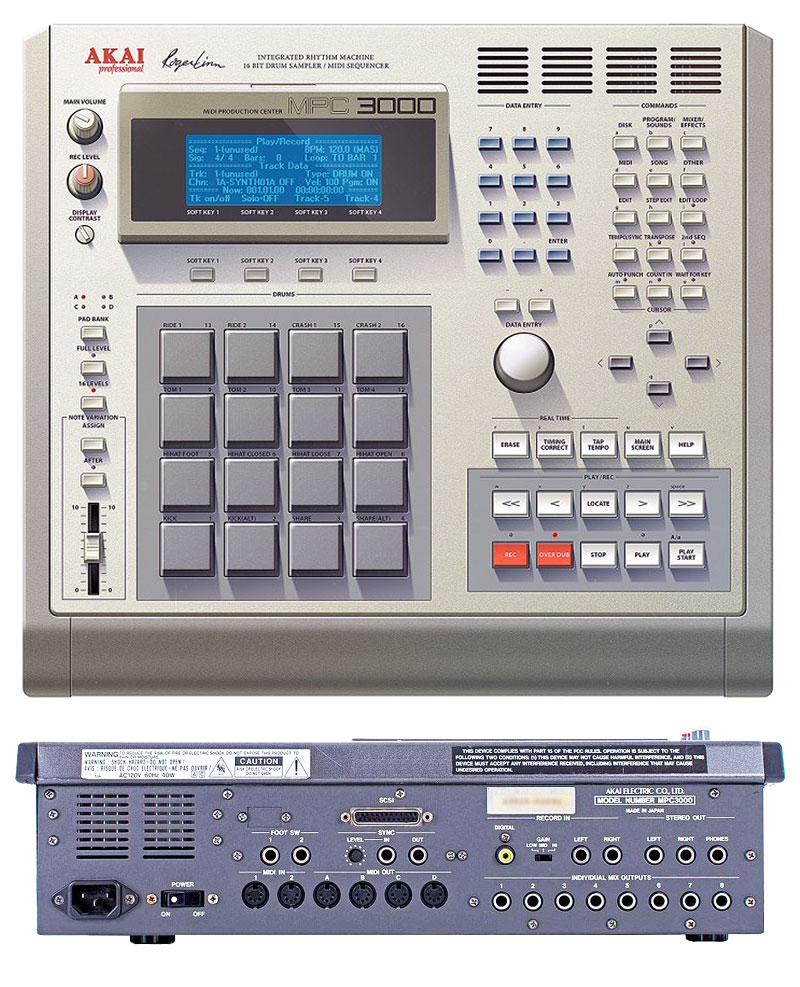
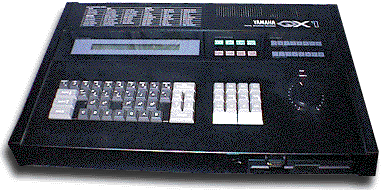
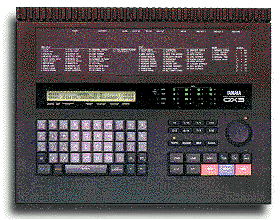
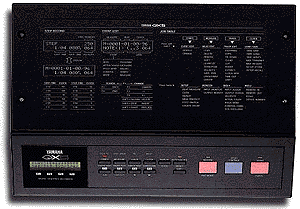
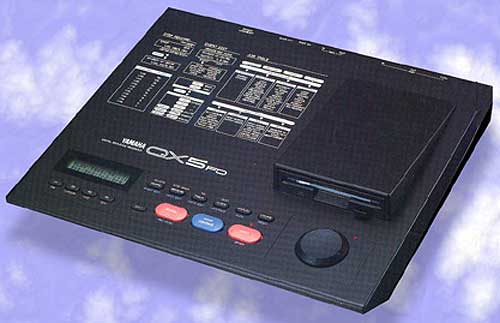
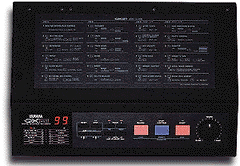
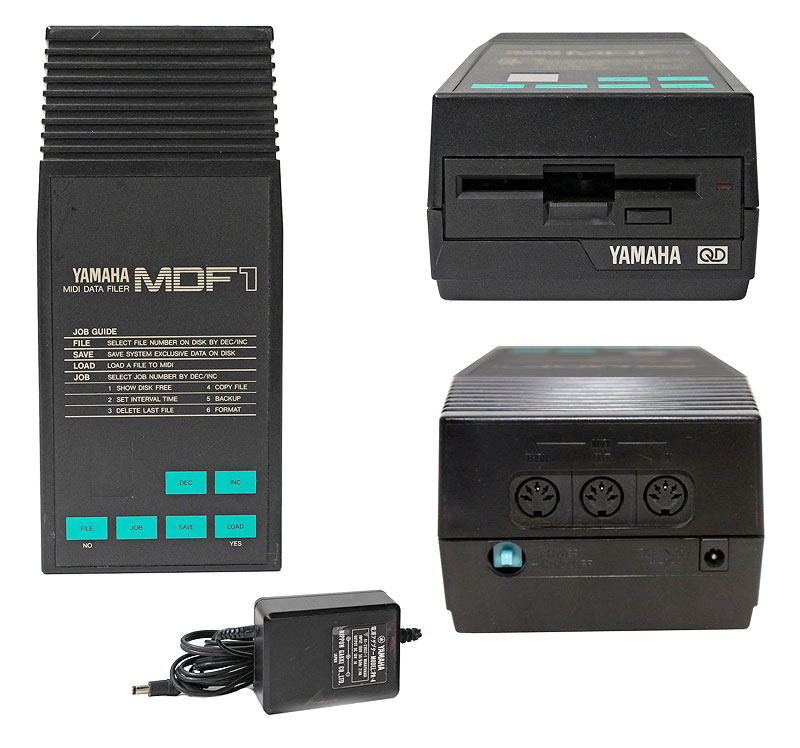
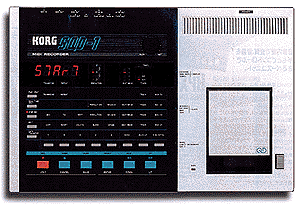
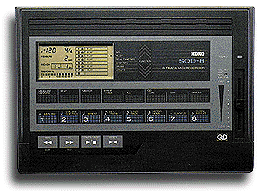
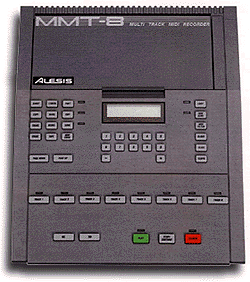
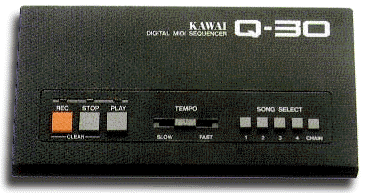


Read 2 comments
Add review/comment